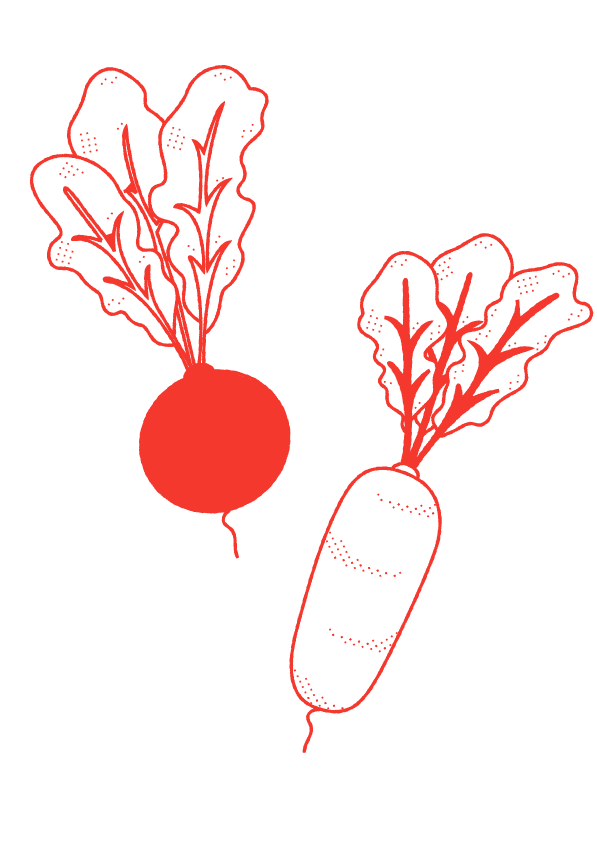Cabbage, Savoy
Many types of cabbage grow exceptionally well in the winter but the savoy cabbage is the true winter king. It can withstand far lower temperatures and can even survive a frost.
If you have the opportunity, growing savoy cabbage is a fantastic way to contribute to biodiversity. According to the RHS, flowered savoy cabbage attract bees with their nectar and are a great source of food for many other insects, too.
History
Savoy was a region along the current border of Italy, France and Switzerland, ruled by the former Italian royals, the House of Savoy. In this culturally rich region, savoy cabbage was a staple ingredient with new recipes popping up as it spread across Europe.
Records of savoy cabbage go back as far as the 15th century in the Savoy region. Unlike many other vegetables with European origins, the savoy cabbage arrived in the United Kingdom not long after it was popularised in Europe. By the 17th century it had become a backup crop for harsher winters due to its resistance to cold temperatures.
Season & Cultivation
As I mentioned, the savoy cabbage is a true winter vegetable, a much stronger variety compared to other cabbages. It is also capable of growing in less nutrient dense soil which makes it an easier vegetable to cultivate. Interestingly, soil that is too nutrient dense creates a lesser quality crop. A savoy cabbage that soaks up too many nutrients becomes less resistant to low temperatures and grows softer leafs.
All cabbages have a long growing season and should be sowed as early as April or May. The average growing time is 32 to 40 weeks so the harvesting season starts in December and ends around February. Some varieties may also be available earlier on in the fall from October onwards.
Buying Advice
A healthy and fresh savoy cabbage has dark green outer leafs. Since the inner layers are hidden away from the sun, the colour tends to fade further inwards. This is why the inner layers of a savoy cabbage might be a pale yellow colour or even white.
When shopping for savoy cabbage, look for broad crisp leaves. The structure should be similar to romaine salad. The best time to buy this vegetable is during the winter months when it has just been harvested.
As this vegetable holds up well in low temperatures, there is no reason for its cultivation in greenhouses. Fortunately, there are few farmers that grow savoy cabbage indoors so most of what you find on the market and in the supermarket is likely grown outdoors. Do check whether it is organic though, since this crop is prone to a few pests and a favourite meal for pigeons.
Cooking Advice
Unlike other cabbages, the savoy cabbage has deep green crumpled leafs. This is a characteristic inherited from the Brassica family which also includes broccoli and brussels sprouts. That is also why the savoy is crunchier and holds its structure better after cooking compared to white cabbage or red cabbage.
Let’s leave behind the bland cabbage soup recipes of the eighties and experiment with new ways to use this crisp nutrient rich winter vegetable.
The crunchy somewhat sweet leaf is an excellent choice for raw salads. It won’t turn soggy too quickly after adding the salad dressing like certain salad varieties would.
It is quite the versatile vegetable, too. Thanks to its taste and texture it can easily replace kale called for in western recipes or even bok choy and Chinese cabbage in Asian recipes. For example, instead of sautéing kale you could sauté savoy cabbage with lemon, garlic and chilli flakes. It also lends well to any kind of stir fry and complements the earthy flavours of tofu, too.
Whichever recipe you choose, remember that savoy cabbage tastes best with short cooking times or even better when eaten raw. Steam the leafs for as short as one minute to retain its flavour and crunch.




1 Comment
Shaquita Jones
December 17, 2023 at 10:04 pm
Yes